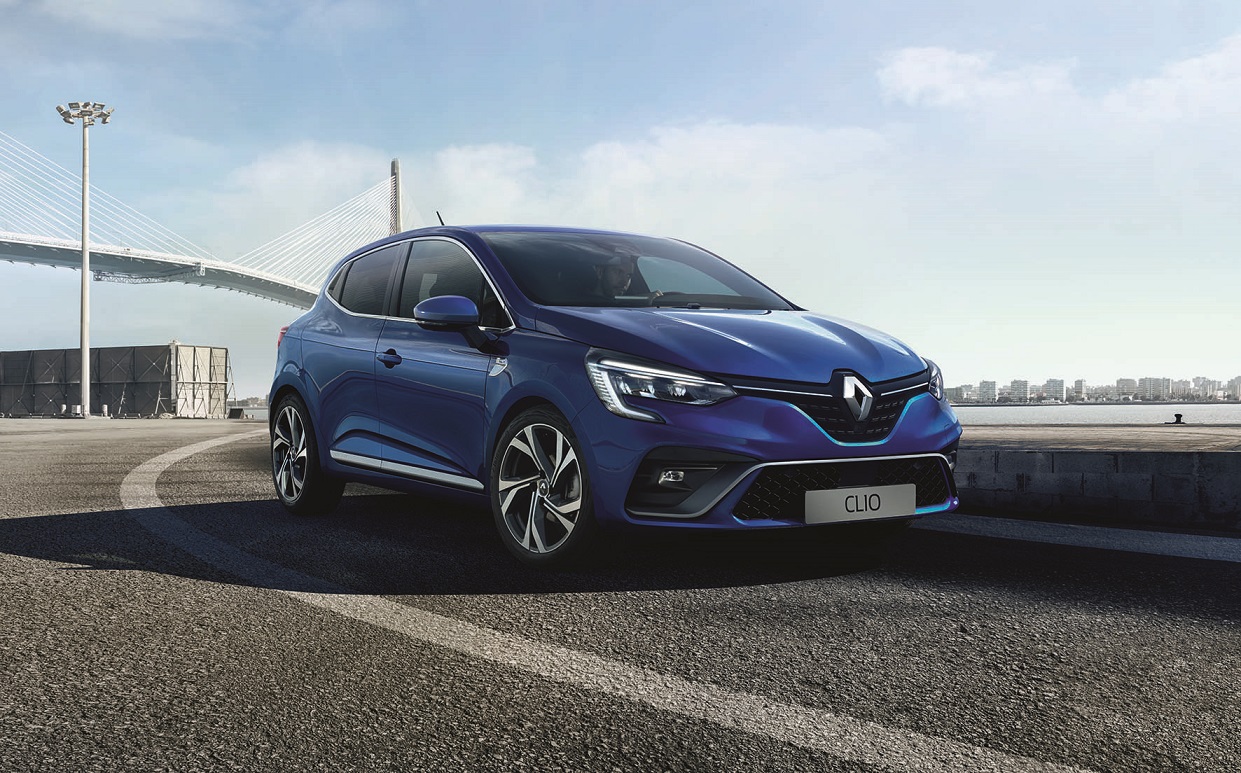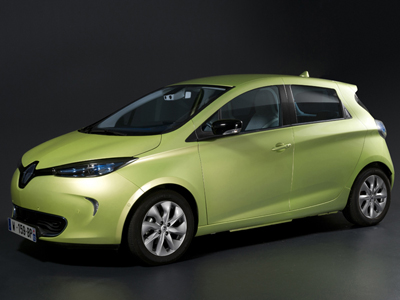


Patrick le Quément and Raymond H. Lévy with the Laguna concept car in 1990.
A peek into the past…
During the first half of the 20th century, it was draughtsmen in the Engineering Department who designed cars, working with coachbuilders from outside the company on luxury models. In the 1950s, when the need for industrial design specialists began to be felt, Renault called on prestigious external consultants such as the Italian company Ghia and the French Charbonneau. It was only in 1961 that Renault Styling, headed by Gaston Juchet, was established as a department separate from the coachwork function while remaining under the control of the Engineering Department. In 1975 Robert Opron came from Citroën to take charge of styling and set up three separate units: exterior styling, interior styling (including one person responsible for colours and materials) and diversification (trucks, coaches and buses…). Renault Styling became a department in its own right in 1984, and Gaston Juchet was put back in charge.

Gaston Juchet, an important figure in Renault Styling from the 1960s to the 1980s.
From styling to design…
The first reform brought in by Mr le Quément was renaming the department. Styling meant adding an attractive appearance to the architecture and mechanical elements designed by an Engineering Department whose main concerns were technical – what one head of Engineering in the 1960s called “the art of clothing the hunchback”… By changing the department’s name, its new head was introducing a new view of the profession, along with new ways of practising that profession. Form and function became inseparable.
"What is design? It means creating the shape of new models: sketching, painting, model-making… But it also means – and this is absolutely vital – being involved in the entire project from beginning to end, from drawing up specifications and discussing architecture and mechanical issues through to the final stage in the product development process, which is manufacturing." – Patrick le Quément, Renault Executive Vice President, Corporate Design, from 1987 to 2009.

“Clothing the hunchback”, as seen by Gernot Bracht, then a Renault designer
A new departmental structure
The three vehicle design units were put on the same level: exterior, interior, and colours and materials (the latter becoming a separate unit). Twingo, the first car created by the new Corporate Design Department, was a clear example of the importance now placed on colours and materials. Two more units were also created. The advanced design unit worked upstream of the others, preparing studies five to seven years before a new model was launched, conducting secret surveys of vehicles and systems, and designing and building concept cars. Downstream, the design quality unit took a particular interest in perceived quality and cultural quality – highlighting how products reflected the company’s cultural identity and values. We were then focusing on Total Quality (see Chrono 115 years, episode 1).

Period designs: how the function was organised… before and after.
At last designers were involved in every stage of a new vehicle project. They took part in the first talks on specifications alongside the Product Planning and Engineering Departments, produced sketches and models, and joined in every phase in the development process. Thus they followed the project right through to manufacturing. Design became a fully-fledged corporate function.
"The automotive designer is automatically a member of a multi-disciplinary team. […] The designer may begin by working alone like an artist, but that initial solitary approach must be followed by teamwork. The designer has to be a team member." – Patrick le Quément.

Higher ambitions, additional resources
Despite the financial difficulties still facing the company at the end of the 1980s, Mr Lévy gave the Corporate Design Department the resources it needed to be successful. Apart from the teams in charge of interior development, and colours and materials, who stayed at the Rueil site, the department’s employees moved into 22,000 square metres of empty workshops at Renault’s historic home, the Trapèze site near Seguin island in Boulogne-Billancourt. Each unit had its own design and modelling studios. In 1988 leading-edge digital technology entered the design process and the studios were equipped with computer-assisted design and production, which speeded up the development cycle considerably.

Computer assisted design and production from the digital model (Z02, Scénic - 1991)
Another groundbreaking choice was the decision to go international. The teams grew to include designers of many different nationalities, which meant pooling cultures and sharing different viewpoints on the automobile. The trend took another step forward in 1999: with the department now installed at the Technocentre (Guyancourt) for two years, closer to other company functions, Renault opened its first two design centres away from Headquarters: Renault Design Barcelona, then Renault Design Paris in 2000. Others followed: South Korea in 2003, India in 2005, and Romania and Brazil in 2007. Their aim was to diversify creative sources and put designers at the core of trends for Renault’s new markets. They also gave designers fresh career opportunities.

Renault design Barcelona
Codename: Z. – A concept car policy.
When he took charge of the department, Mr le Quément decided to launch a new concept car about every 18 months. These vehicles highlighted the creativity – in terms of architecture and styling, expertise and technological superiority – and the enthusiasm of the designers, as well as the trends they were working on. The concept cars were also a way of letting designers build up their experience with short-term projects, free from manufacturing constraints. But they were first and foremost channels of communication, and were also called “image vehicles”. As Mr le Quément pointed out: “Their role is to enhance the company’s image, emphasising its technological, design and styling creativity, and its determination to be innovative.” So each of the “Z” models was a unique working prototype, often presented alongside a film of computer-generated images, and given as much media exposure as possible.
From the Z01 (Scénic) to the Z29 (Initiale Paris) in 2013, the Z range has been continually enhanced…

Z02 - Laguna - 1990
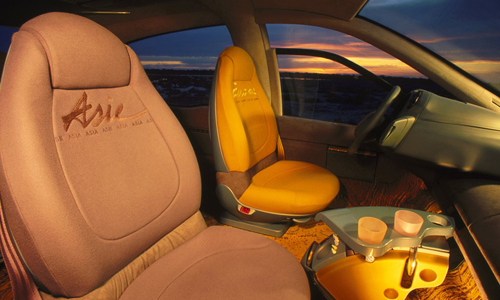
Z01 intérieur- Scénic - 1991

Z07 - Fiftie - 1996

Z09 - Vel Satis - 1998

Z10 - Koleos - 2000

Z15 - Wind - 2004

Z16 - Fluence - 2004
View more
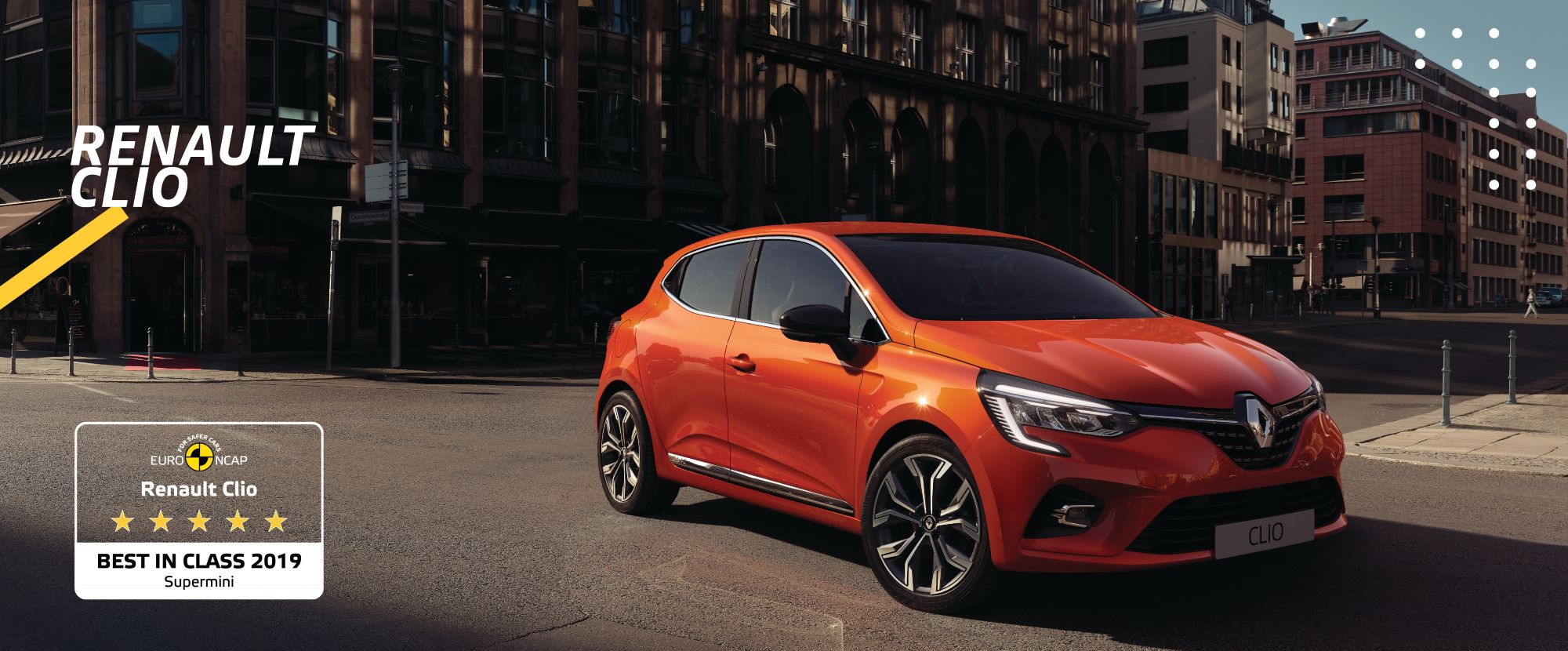
SAFETY: 5 EURO NCAP STARS AND BEST RATING IN ITS CATEGORY FOR THE ALL-NEW CLIO
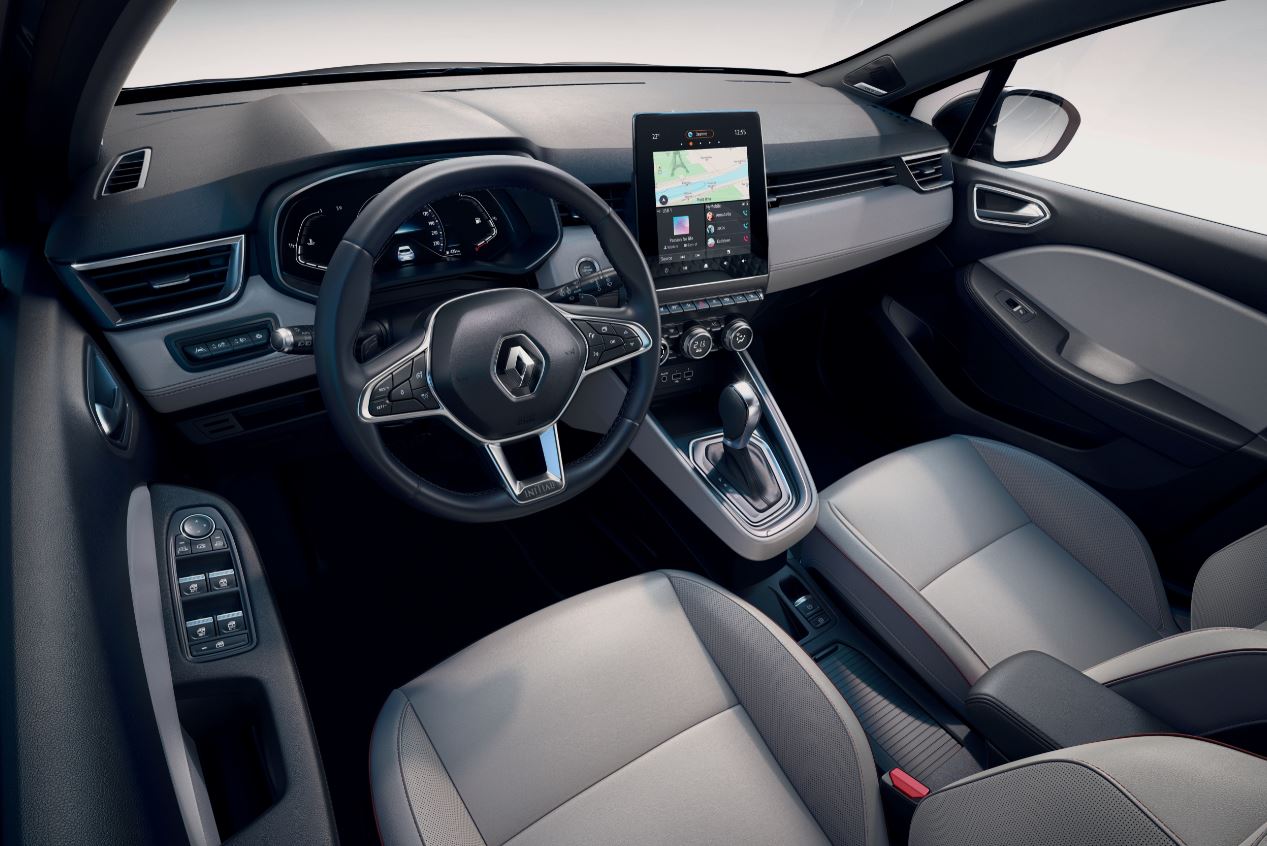
The All-new Renault CLIO: the most comprehensive driving assistance on the market
